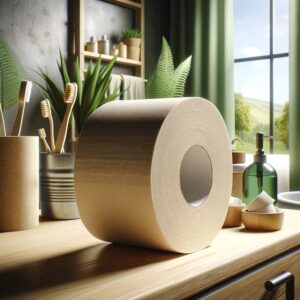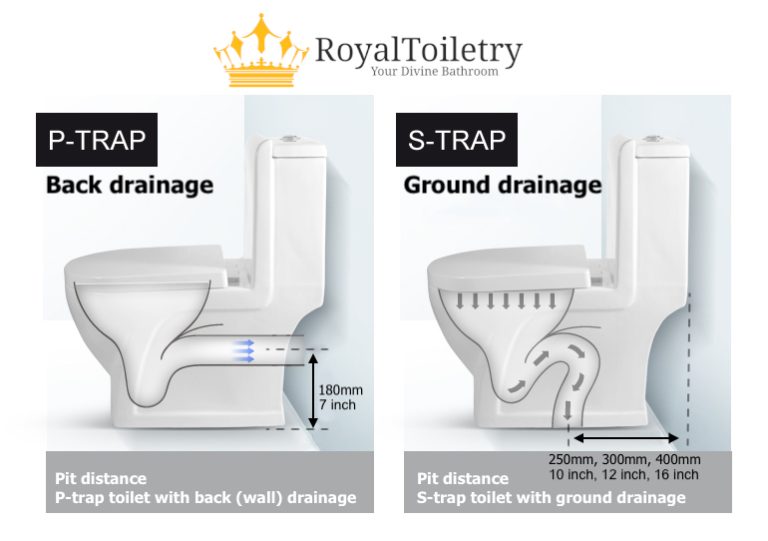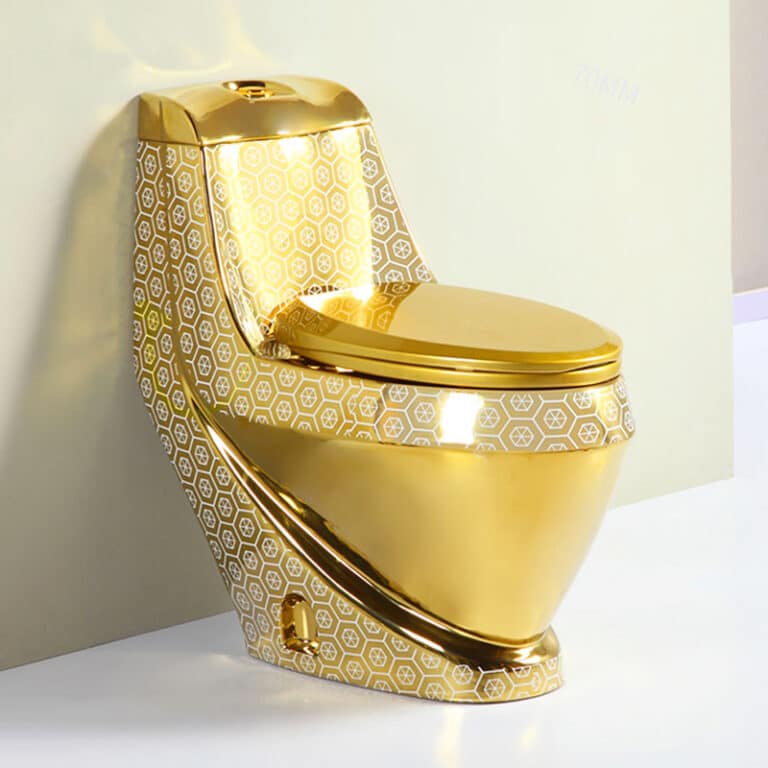The Rise of Chlorine-Free Toilet Paper: An Eco-Friendly Choice

In recent years, the demand for eco-friendly and sustainable products has surged, reflecting a growing consciousness among consumers about the impact of their choices on the environment. Among the myriad of products undergoing a green transformation, one household staple stands out: toilet paper. The emergence of chlorine-free toilet paper is a significant development in the effort to reduce pollution and promote a healthier planet. This article explores what chlorine-free toilet paper is, its benefits, and why it might be time to make the switch.
Understanding Chlorine-Free Toilet Paper
Traditionally, the process of making toilet paper involves bleaching wood pulp to achieve that bright, white look that consumers have come to expect. Chlorine-based bleaches are commonly used for this purpose. However, the use of chlorine in paper production has raised environmental and health concerns due to the formation of toxic compounds, such as dioxins, which are released into the environment. Dioxins are highly toxic and can cause serious health issues, including cancer, reproductive and developmental problems, and damage to the immune system.
Chlorine-free toilet paper is made by substituting chlorine bleach with alternative bleaching agents that are less harmful to the environment, such as oxygen, ozone, and hydrogen peroxide.
There are two main types of chlorine-free processes:
- Totally Chlorine-Free (TCF): This method uses no chlorine compounds whatsoever. It is the most environmentally friendly option, typically used with virgin pulp that has not been previously bleached.
- Processed Chlorine-Free (PCF): PCF products may use recycled content that was initially bleached with chlorine. However, any additional bleaching for whitening and sanitization during the recycling process does not involve chlorine compounds.

Benefits of Chlorine-Free Toilet Paper
Switching to chlorine-free toilet paper offers several benefits, both environmental and personal:
- Reduced Environmental Impact: By avoiding chlorine bleach, the production of chlorine-free toilet paper significantly lowers the release of dioxins and other harmful pollutants into waterways, reducing environmental degradation and protecting aquatic life.
- Healthier for Consumers: Without the toxic by-products of chlorine bleaching, chlorine-free toilet paper is gentler on the skin, making it a suitable option for people with sensitive skin or allergies.
- Sustainable Forestry Practices: Many brands producing chlorine-free toilet paper are also committed to sustainable forestry practices, ensuring that the pulp used comes from well-managed forests that contribute to the global effort against deforestation.
- Recycling Friendly: The PCF process supports recycling initiatives by making use of post-consumer recycled paper, which reduces waste and the need for virgin pulp.
Making the Switch
Choosing chlorine-free toilet paper is a simple yet effective way for individuals to contribute to a healthier planet. When shopping for toilet paper, look for labels indicating “TCF” or “PCF” to ensure you’re purchasing a product that aligns with eco-friendly practices. Moreover, many brands now highlight their commitment to sustainability through certifications from organizations like the Forest Stewardship Council (FSC) or EcoLogo, providing an additional layer of assurance for conscious consumers.
The move towards chlorine-free toilet paper represents a small but significant step in the broader journey towards sustainability. As demand for these products grows, it encourages the industry to adopt greener practices, ultimately leading to a reduction in pollution and a positive impact on global ecosystems. In making the switch, consumers play a vital role in driving change, demonstrating that even the most mundane of daily choices can contribute to a healthier, more sustainable world.


